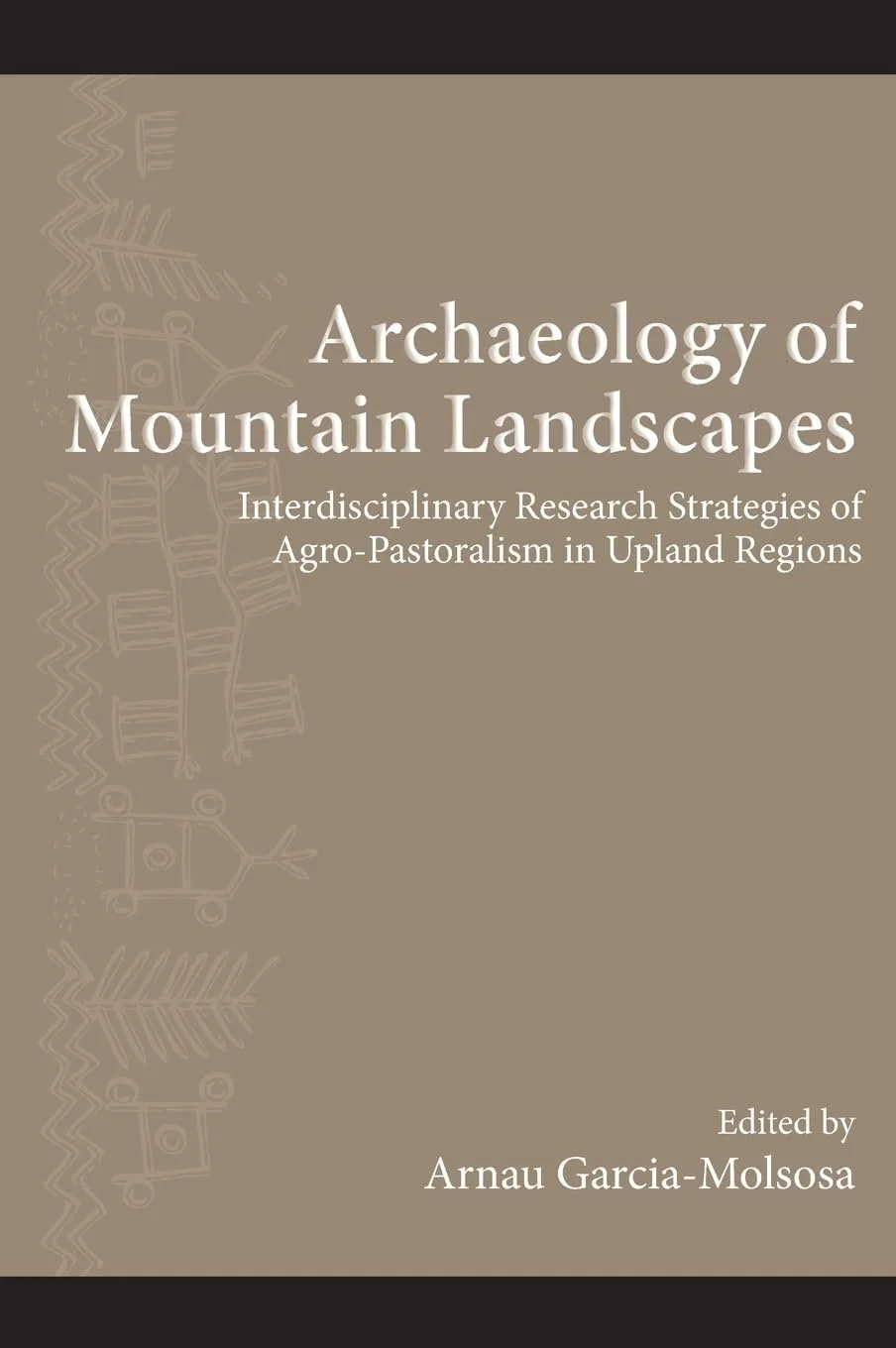Photo by Fabien Moliné on unsplash
“Mountains have provided some iconic archaeological finds: the mummy of Ötzi, the necropolis of Hallstatt, or the city of Machu Pichu are three examples of high- impact discoveries in mountain environments,” notes Arnau Garcia-Molsosa in the introductory chapter of conference proceedings for the Institute for European and Mediterranean Archaeology.
Early chapters in the volume explore the sacred character of mountains with case studies of Ikh Bogd Uul in the Eastern Altai Mountains of Mongolia and a Bronze Age peak sanctuary on Mount Leska on the Aegean Island of Kythera.
There are discussions of how the retreat of glaciers due to climate change is revealing materials long trapped in ice, creating an unanticipated fuel of “ice patch archaeology,” and papers on high altitude archeological sites on subalpine pastures.
The editor of this volume, Garcia-Molsosa, is a landscape archaeologist at the McDonald Institute for Archeological Research at the University of Cambridge in England. He is co-author of a paper on “Landscape Archaeology in Eastern Pyrenees High Mountain Areas” that is included in this volume.



